
One of the biggest unseen battles in the last two centuries is the struggle between humans and wildlife. Even though humanity is at its best today, with sprawling cities and towns, advances in medicine, and unequaled technology through time, it has come at a terrible price. Most of the achievements under our belt have directly or indirectly impacted the wildlife around us. From climate change and animal displacement for human expansion to outright hunting and poaching, many species have met their doom at our hands. These ten animal species don’t exist today because of human impact.
The Red Handfish

Australia’s red handfish existed two centuries ago and was declared extinct in 2020. Its features resembled human hands, and it also spotted spikes on its head that resembled a punk-rock mohawk. Scientists speculate that the red handfish was extinct because of habitat loss and destructive fishing of other sea life that offered them sustenance.
Bramble Cay Melomys
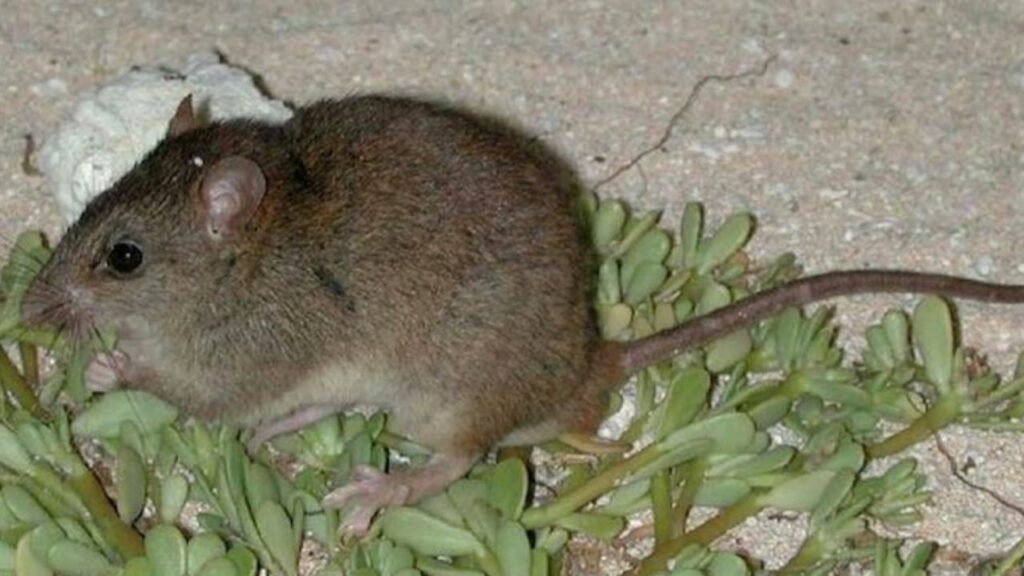
The Bramble Cay melomys once called the Bramble Cay their home. However, no one has seen these rodents since 2009, leading the International Union for Conservation of Nature (IUCN) to declare them extinct in 2015. The cause of their extinction is documented as loss of habitat and food due to anthropogenic climate change.
Yangtze River Dolphin

The Yangtze River dolphin, commonly known as the baiji, was the first dolphin species to become extinct because of human impact. The last time anyone saw them was in 2002, and four years later, concerned scientists combed the Yangtze River trying to find one. The causes of extinction are habitat loss, overfishing, boat traffic, and pollution.
The Northern White Rhino
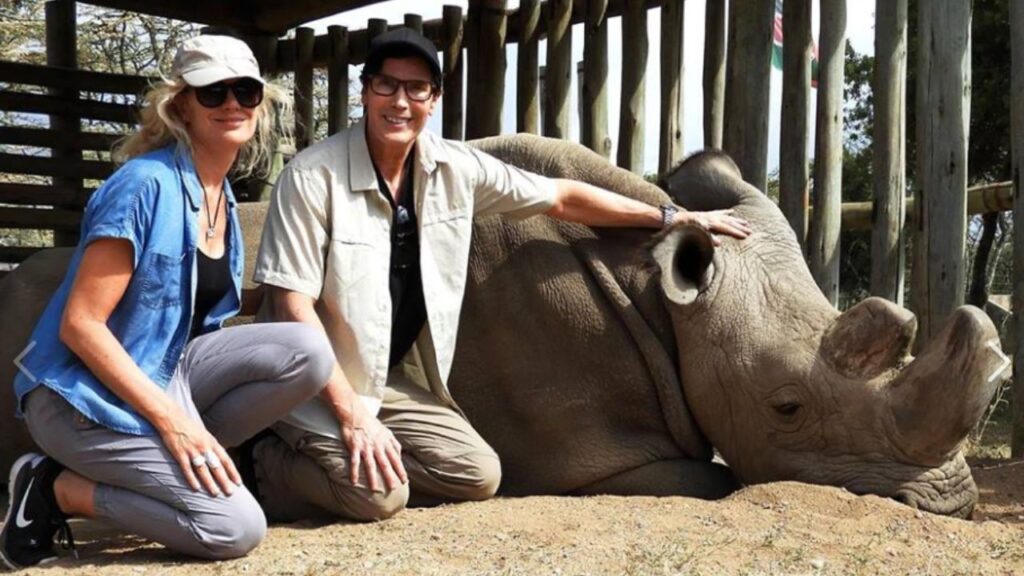
Once one of Africa’s most majestic animals, the northern white rhinoceros has only two females remaining. The last male, a 45-year-old Sudan, died of old age and an infection in Kenya’s Ol Pejeta Conservancy, marking the end of the species. The species was decimated over the years through poaching and loss of habitat.
The Spix Macaw

As of today, the Spix Macaw or the Little Blue Macaw is extinct in the wild because of habitat destruction, trade, and illegal trapping. A few exist in captivity, currently in the low 60s.
The Thylacine
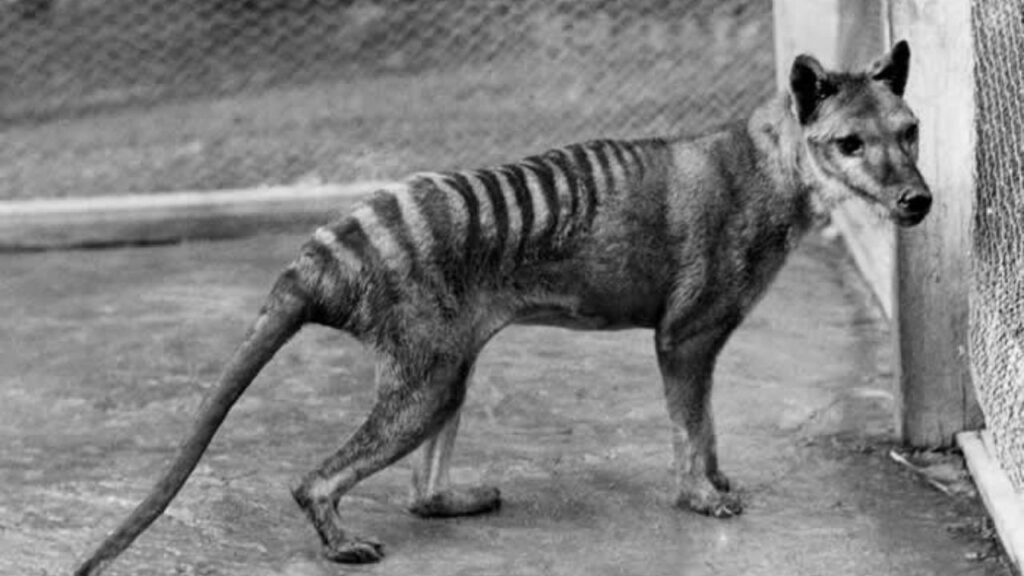
Commonly referred to as the Tasmanian tiger or Tasmanian wolf, the Thylacine was a carnivorous nocturnal marsupial that hunted kangaroos and rodents for sustenance. Known to be timid, the Thylacine went extinct because of overhunting by humans and an increase in the Dingo population that conflicted with their own.
The Passenger Pigeon
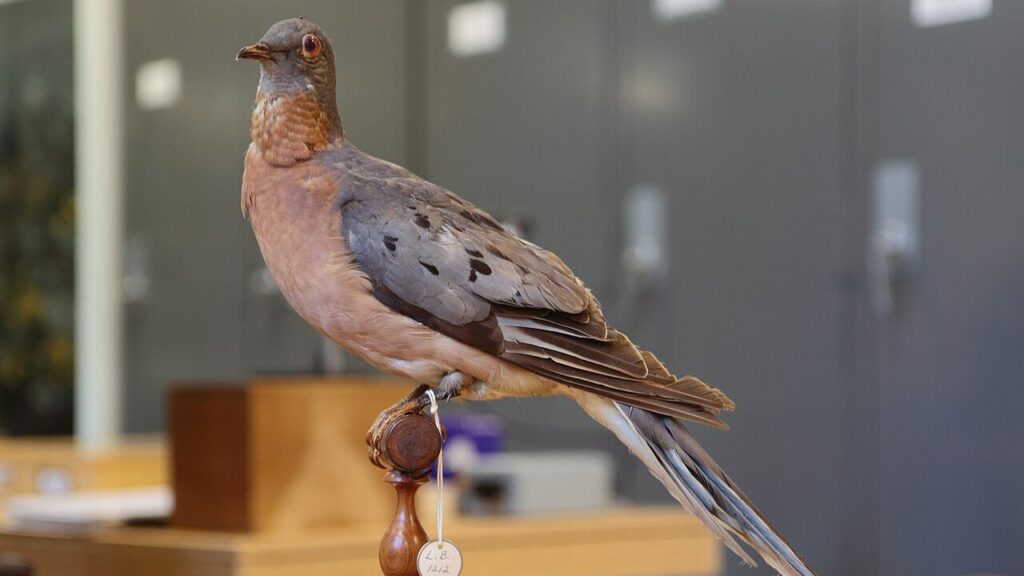
The passenger pigeon population was once in the millions when Europeans settled in America. In the 1800s, Wisconsin had once been their largest nesting site. But through humans hunting them for food, the birds didn’t make it to the first quarter of the 20th century. The last passenger pigeon passed away in captivity at the Cincinnati Zoo in 1914.
The Quagga

South Africa’s quagga went extinct towards the end of the 19th century. A subspecies of the zebra, quaggas had features that resembled zebras (stripes) from the front and horses from the rear. Humans hunted them to extinction.
The Pyrenean Ibex
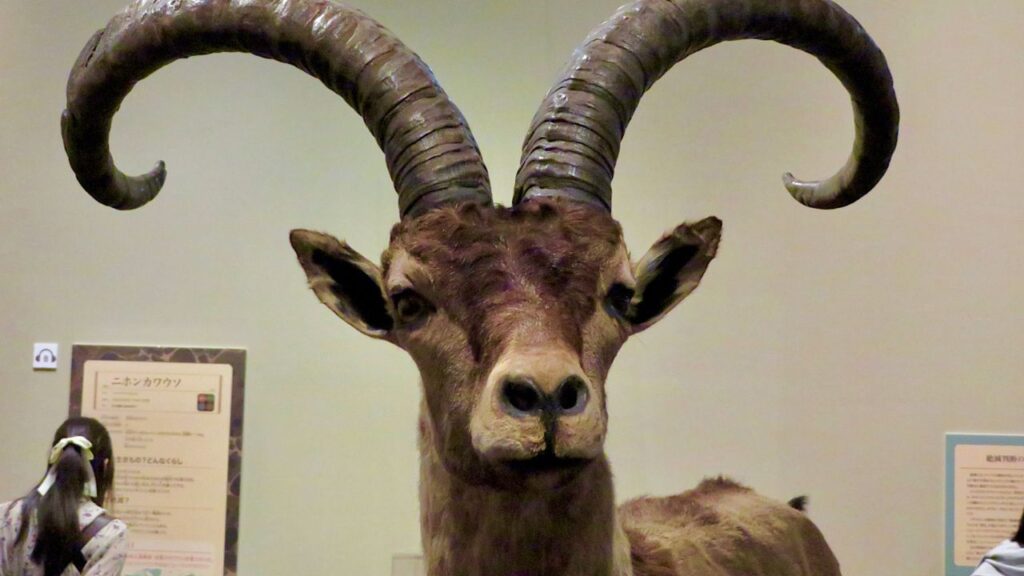
Declared extinct in 2000, the Pyrenean Ibex was successfully ‘resurrected’ in 2009 through DNA taken from preserved epidermal samples. Hunting through the 19th century caused their extinction.
The Golden Toad
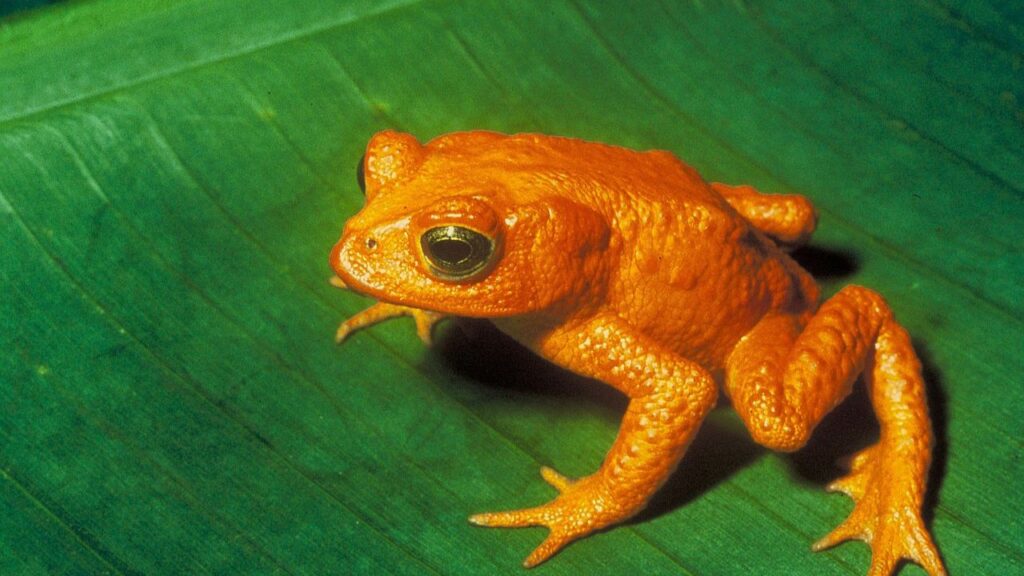
The golden toad, regarded among the brightest toad species, hasn’t been seen in the last 40 years. Its last appearance was in 1989 in Costa Rica, and by 1994, it had been declared extinct. The cause of extinction for the golden toad is global warming, pollution, and chytrid skin infections, a fatal skin disease that annihilated the species.
The Dodo

The dodo bird was a large flightless bird that inhabited the island of Mauritius. In 1507, people landed on the island for the first time and noticed the birds. With no natural predators up until this point, the birds hadn’t adapted a way to escape sailors as they started hunting them. The dodo became extinct in 1681 when the last member of its species was killed.
Steller’s Sea Cow

Steller’s Sea Cow once inhabited the coastal regions of the Bering Sea by the Komandor Islands. It was a monstrous animal that could grow over thirty feet long and weigh 22,000 pounds. The species went extinct in 1768 from seal hunters taking advantage of their slow speeds and inability to submerge very deep.
Eurasian Aurochs
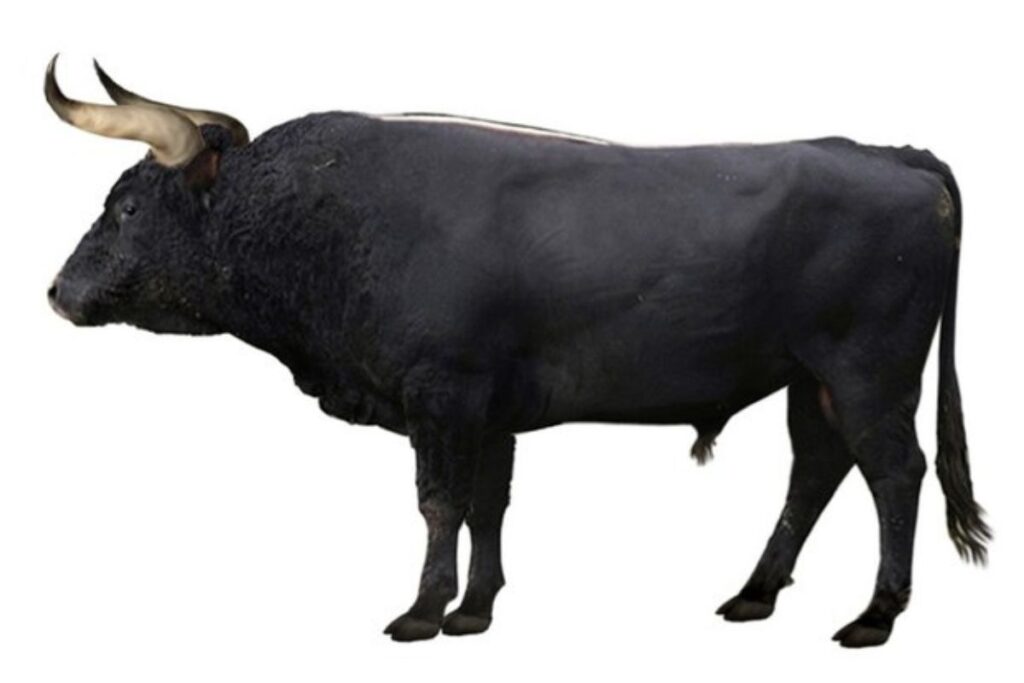
The Eurasian Aurochs was something like a modern-day ox, except bigger. The animal stood an imposing six feet tall and had a nasty pair of horns. It inhabits parts of Asia, Siberia, and Europe. The animal was used in arena fighting in ancient Rome, and the last surviving Eurasian Aurochs was a female who died in 1627.
Great Auk
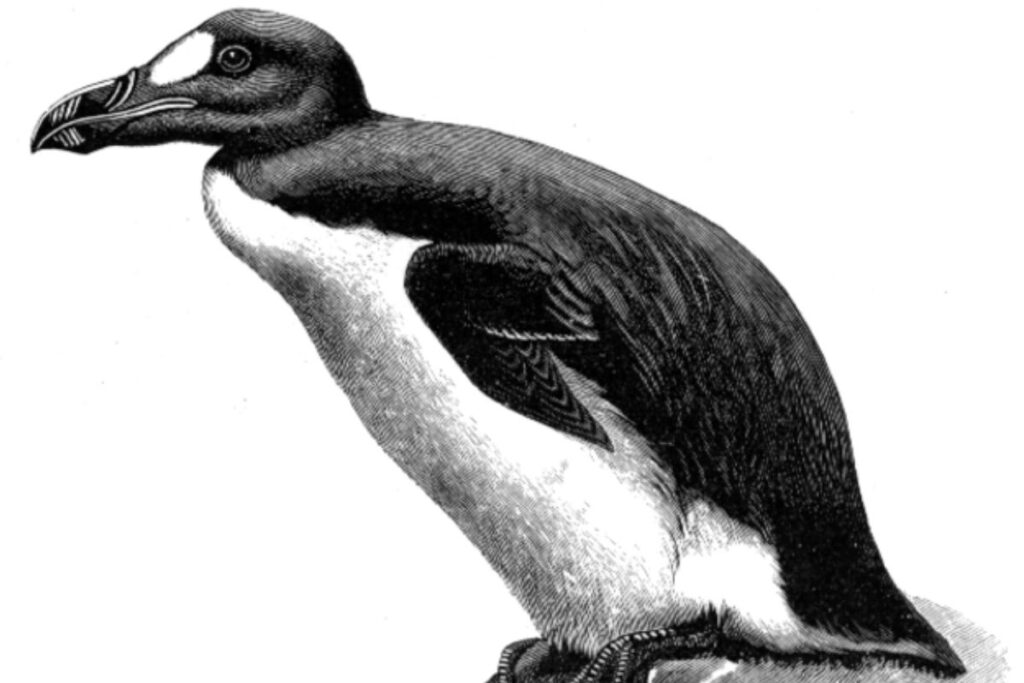
The Great Auk were small birds that were only around 30 inches long. They were found mostly in the North Atlantic and used their wings to swim through the water. Unfortunately, they were hunted by sailors and by the 1844, the last example of the species was killed at Eldey island to be made into a museum piece.
Mammoth

The Wooly Mammoth died after the last Ice Age due to the warming climate and hunting. Recently, it’s been found that early humans could have contributed to its extinction. Due to well-preserved fossils from thousands of years ago, the wooly mammoth is one of the best-researched extinct animals.
Carolina Parakeet
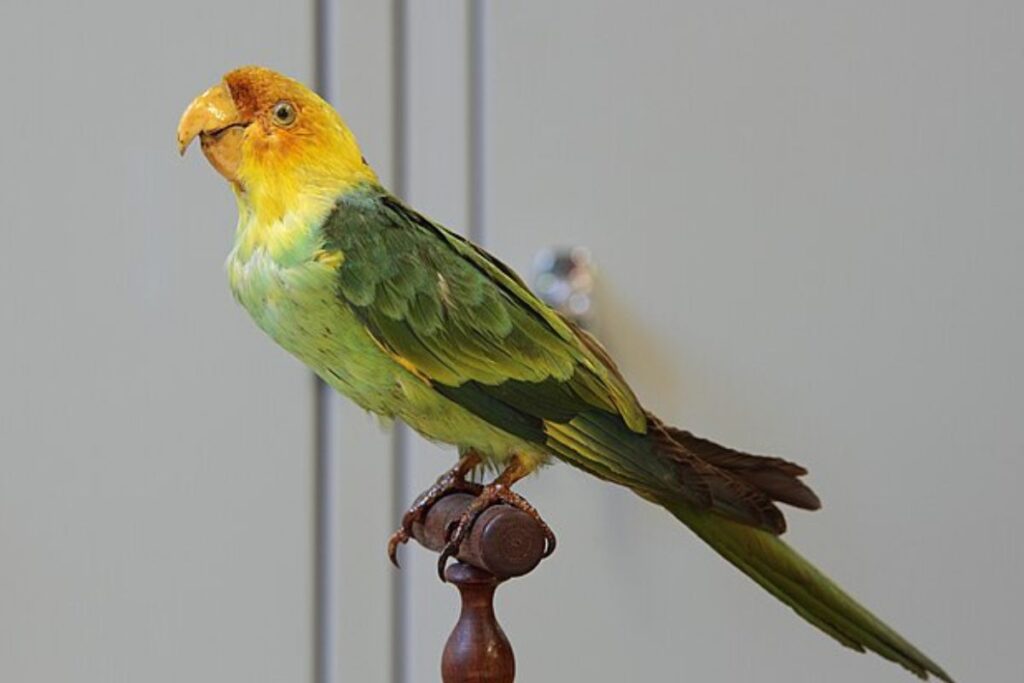
The Carolina Parakeet, as the name suggests, used to be a parakeet that was native to North America. The bird was the only parakeet indigenous to the U.S. That all changed after its extinction as late as the early 20th century. The last member of its species died in Cincinnati Zoological Garden in 1918.
Atlas Bear

The Atlas bear was known for its short and stocky features. The animal lived in Africa and was the only bear native to the continent. The bear was hunted and used for sport by the ancient Romans after expanding into Africa. The last Atlas bear was killed in 1870 in the mountains near Morroco.
Toolache Wallaby

The Toolache Wallaby was a species of kangaroo known for having a stunning coat. The animal faced extinction after destruction of habitat and encroachment of people. Less than a century after the first settlers landed in Australia, the species went extinct. The last Toolache wallaby died in captivity in the late 1930s.
Sea Mink

Sea mink used to roam the coastal regions of New Brunswick in Canada all the way to Maine. The animal was hunted for its coat and was exterminated so quickly that it wasn’t even seen as its own species until after it was extinct. The last surviving sea mink was killed just before the turn of the century in 1894 in New Brunswick.
Source:
13 Animals Hunted to Extinction
Stay connected with us for more stories like this! Follow us to get the latest updates or hit the Follow button at the top of this article, and let us know what you think by leaving your feedback below. We’d love to hear from you!







